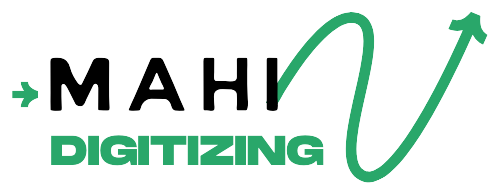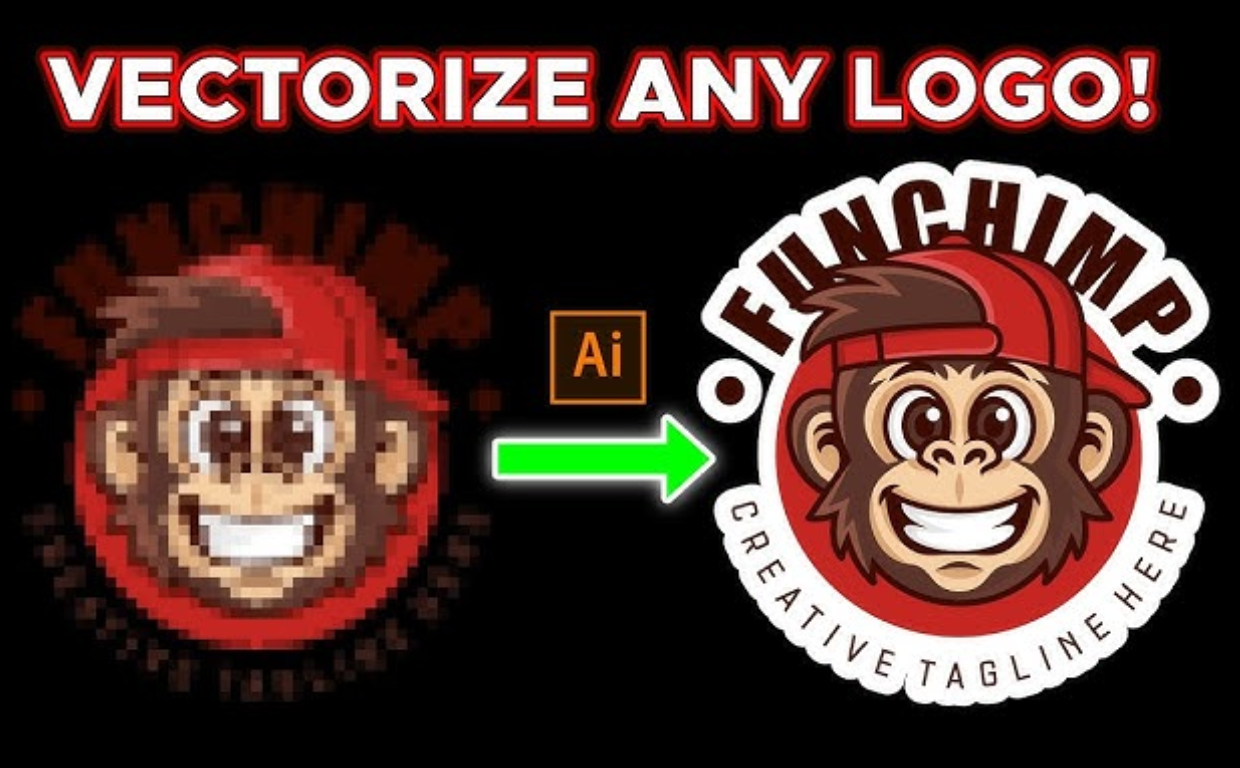Vectorization plays a crucial role in modern design and embroidery work, turning pixelated images into sharp, scalable graphics. This article from Mahi Digitizing explores the technology and principles behind vectorization, shedding light on the science that powers flawless visuals.
Understanding Raster vs. Vector Graphics
Raster images consist of pixels, which can blur or pixelate when resized. In contrast, vector graphics are based on mathematical equations, maintaining clarity at any scale. A raster file like JPG or PNG uses a grid of color information, making it resolution-dependent. This limits its use in high-resolution printing or embroidery.
Vectors, like SVG or EPS files, are built with points, lines, and curves. These can be infinitely scaled without losing quality, perfect for crisp prints and digitizing work. Understanding the distinction is essential for designers, embroiderers, and marketers seeking high-quality brand assets. At Mahi Digitizing, we convert raster images into clean vectors for professional use in patches, apparel, and branding materials.
This foundational knowledge drives the need for vectorization in modern digital and print workflows.
The Role of Paths, Nodes, and Curves
Vector graphics are made of paths, which are defined by nodes (points) and curves (lines). These paths form the structure of each shape in the image. Nodes mark anchor points, while Bezier curves allow smooth, scalable transitions between points. This flexibility allows intricate detailing in logos and icons. During vectorization, software detects shape boundaries and generates paths to replicate outlines accurately. Manual adjustments ensure perfection.
This science ensures that designs like lettering or icons maintain uniformity and precision even when resized or embroidered. Vector editing tools like Adobe Illustrator or CorelDRAW offer full control over nodes and paths for high-detail refinement.
Our experts at Mahi Digitizing are skilled in manually cleaning paths to eliminate distortion and ensure production-ready vectors.
Algorithms That Power Auto-Vectorization
Many vectorization programs use algorithms that scan raster images for edges, contours, and color zones, then convert those into vector paths. These algorithms rely on gradient detection and contrast recognition to trace shapes accurately. This process mimics the human eye but works at scale. Auto-tracing tools can deliver fast results but often require manual corrections for complex or low-resolution images.
Mahi Digitizing blends algorithm-based tracing with expert refinement to balance speed and accuracy for clients needing high-volume conversions. By understanding the limitations of algorithms, designers can improve their input files for better auto-vector results.
Our process ensures consistent quality control and fidelity from the first step to the final delivery.
File Formats Used in Vector Work
Vector files come in various formats like AI, SVG, EPS, and PDF. Each has unique benefits depending on usage in print, web, or embroidery. EPS and SVG are industry standards for logos, allowing compatibility across platforms. AI files are Adobe-native, ideal for layered editing. At Mahi Digitizing, we recommend EPS for most embroidery-ready graphics due to its universal readability and precision.
Understanding which file type suits your application saves time and avoids printing or stitching errors later in the workflow. We offer vector conversion services with file format consultation so you get the most functional output based on your needs.
Request a quote via our Get a Quote page for high-quality vector exports that meet your specs.
Practical Applications of Vectorization
Vectorization is essential for embroidery digitizing, screen printing, large-format signage, and branding because it preserves design integrity at scale. From team logos to corporate emblems, vector graphics allow flawless translation into thread or ink without blurring or loss of detail. When applied in embroidery, vectors guide stitch paths, foam placement, and thread colors for precision output on caps, jackets, and more.
In signage or heat press printing, vectors prevent aliasing and allow custom resizing for different media dimensions. If your brand identity includes visual elements, keeping them in vector format protects them from degradation across platforms. Partner with Mahi Digitizing to make sure your artwork stays clean, bold, and print-ready with our vector services.

